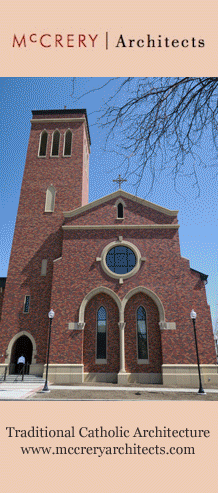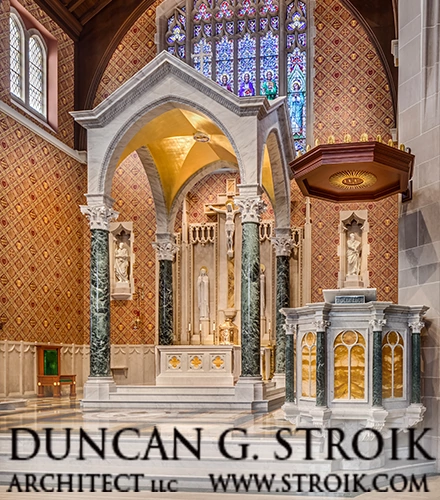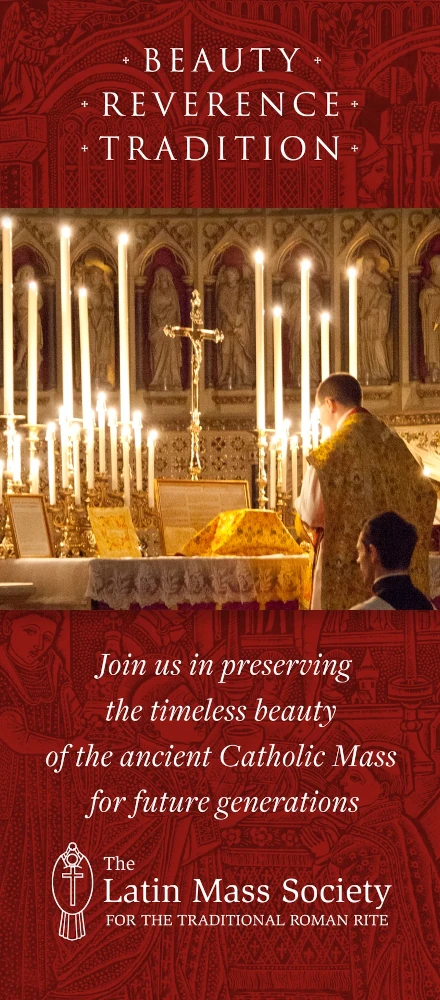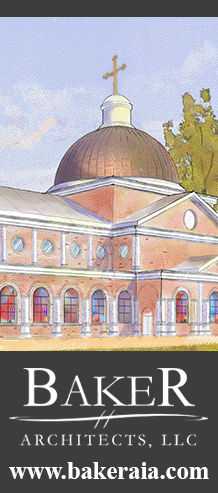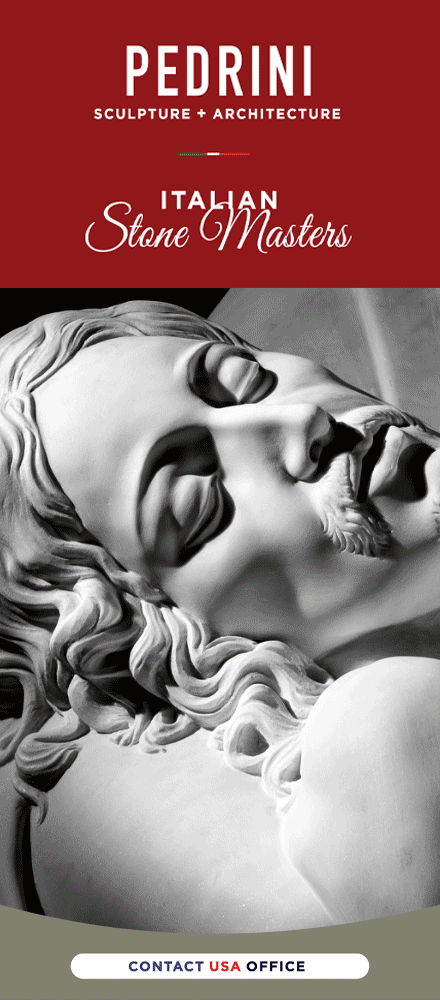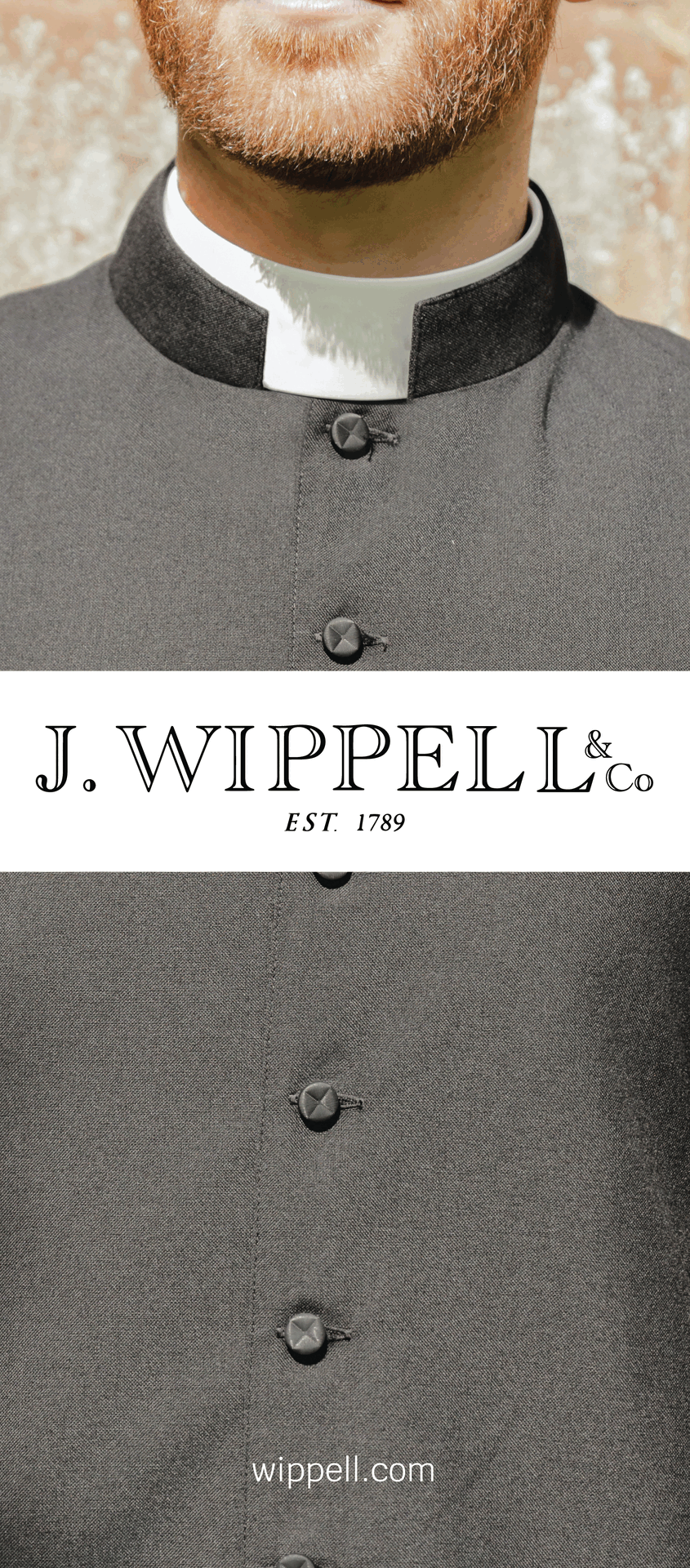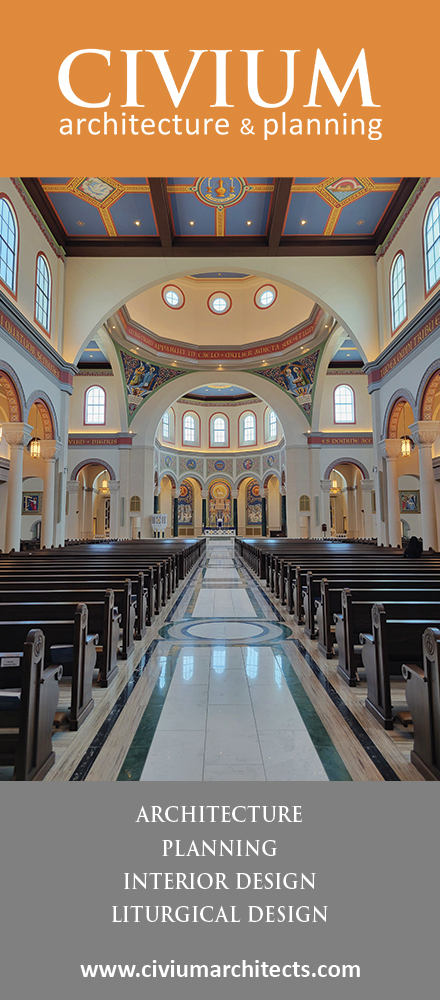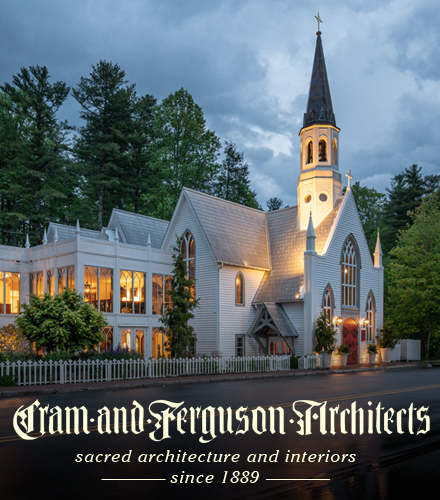
The great Italian engraver and designer of the late Baroque, Giambattista Piranesi, only completed one architectural commission in his lifetime, the splendid church of the Knights of Malta on the Aventine Hill, which fuses an archaeological fascination with ancient Rome with the Christian Baroque spirit. His grandest project, though, remained uncompleted, a proposal to replace the Lateran's chancel and Gothic baldachin with a design more in harmony with Borromini's incasing of the Constantinian nave. While nothing came of these designs, it appears a number of alterations were eventually undertaken in the 19th century to the chancel. I hope to showcase some of his extraordinary proposed designs--never before seen online and almost impossible to see in print--over the next few days, but I plan to start with some preliminary proposals, undertaken in the previous century by Borromini, [updated: a learned reader identified them as Francesco Borromini's work] continuing our theme of baldachins. This particuar set of designs repeats the arrangement Lateran's distinctive two-layer arrangement in a high Baroque key.
I will post some of Piranesi's proposals, a real architectural tour-de-force, this coming week.
Friday, January 25, 2008
The Lateran Baldachino that Never Was, Part I
MatthewMore recent articles:
Guest Review of Mons. Stefan Heid’s Altar and Church: Principles of Liturgy from Early ChristianityGregory DiPippo
We are grateful to Dr Michael Coughlin, Professor of Theology at Saint John’s Seminary in Boston, for sharing with NLM this review of Monsignor Stefan Heid’s book Altar and Church: Principles of Liturgy from Early Christianity. Mons. Heid is a priest of the archdiocese of Cologne, Germany; he has taught liturgy and hagiography at the Pontific...
A Liturgical Oddity of Holy MondayGregory DiPippo
In the Missal of St Pius V, there is a very small number of days on which two Scriptural lessons are read before the Gospel: the Wednesdays of the Embertides, of the fourth week of Lent and Holy Week, and Good Friday. As I have described elsewhere, these readings are actually part of a block which is inserted into the Mass between the Kyrie and the...
Palm Sunday 2025Gregory DiPippo
Thou didst incline the heavens, and come down to the earth as one merciful. Thou didst not leave the throne of the Cherubim, Thou sat upon a colt for our sake, o Savior of the world! And the children of the Hebrews came to meet Thee, and taking palms in their hands, they blessed Thee: “Blessed art Thou who hast come to the Passion of Thy own ...
Superb Recordings of the Hymns of PassiontideGregory DiPippo
As we are about to enter Holy Week, here are two genuinely outstanding recordings of the hymns for Passiontide Vexilla Regis and Pange lingua. These come from an album released by the choir of Westminster Cathedral in October of 2023, titled Vexilla Regis: A sequence of music from Palm Sunday to Holy Saturday; the 21 tracks are also ...
The Mass of Passion Thursday - ContinuedGregory DiPippo
In yesterday’s article, I described the Roman station church of Passion Thursday as a place of exile for Eastern iconodule monks whom the persecution of the iconoclast Byzantine emperors had driven into Italy. This basilica is dedicated to St Apollinaris, the first bishop of Ravenna, who is traditionally said to have been a disciple of St Peter, se...
The Offertory Incensation, Part IIMichael P. Foley
Cardinal Hayes incensing the altar at the opening Mass for the 7th National Eucharistic Congress at the Public Auditorium in Cleveland, 1935Lost in Translation #123 When the priest incenses the altar, he recites Psalm 140, 2-4: Dirigátur, Dómine, oratio mea, sicut incensum in conspectu tuo: Elevatio manuum meárum sacrificium vespertínum. Pone, Dó...
A Choirmaster’s Reflections on the Twelve Passion Gospels: Guest Article by Fr. Herman MajkrzakGregory DiPippo
One of the most powerful services of the extremely rich Byzantine Holy Week is Matins of Great and Holy Friday, known as the Matins of the Twelve Gospels. This consists of the (mostly) regular order of Matins as it is celebrated in Lent, into which Twelve Gospel readings of the Lord’s Passion are added at various points. I am very grateful to my fr...
The Anti-Iconoclast Mass of Passion ThursdayGregory DiPippo
Today’s Divine Office contains an unusual feature: the antiphons of the Benedictus and Magnificat are not taken from the Gospel of the Mass (Luke 7, 36-50), as they are on nearly every other day of Lent. Instead, the former is taken from the Passion of St Matthew (26, 18), “The master saith, ‘My time is near at hand, with thee I keep the Pasch with...
A Comprehensive Guide to the Theology and Practice of VeilingPeter Kwasniewski
The latest release from Os Justi Press is a revised and expanded new edition of Anna Elissa’s Mantilla: The Veil of the Bride of Christ, this time in full color. (It first came out 9 years ago in Indonesia and quickly become a favorite of many readers until it sold out; it was time for a superior presentation, with better distribution channels. You...
Byzantine Holy Week Schedule in RomeGregory DiPippo
If you are planning on being in Rome for Holy Week during this Jubilee year, you should certainly make an effort to attend services in the Byzantine Rite at the church of St Anthony the Abbot on the Esquiline Hill, the Russian Greek-Catholic church in urbe. The quality of the music there is always very high, but for Holy Week and Easter, the choir ...


